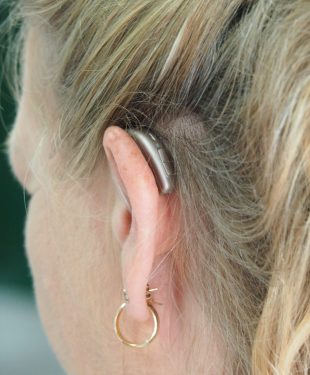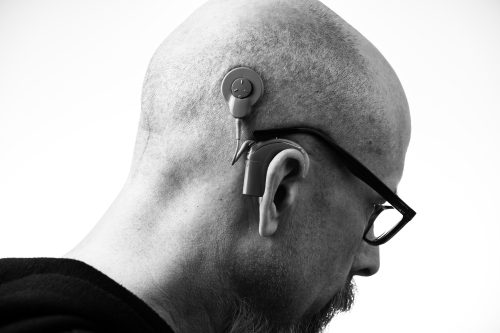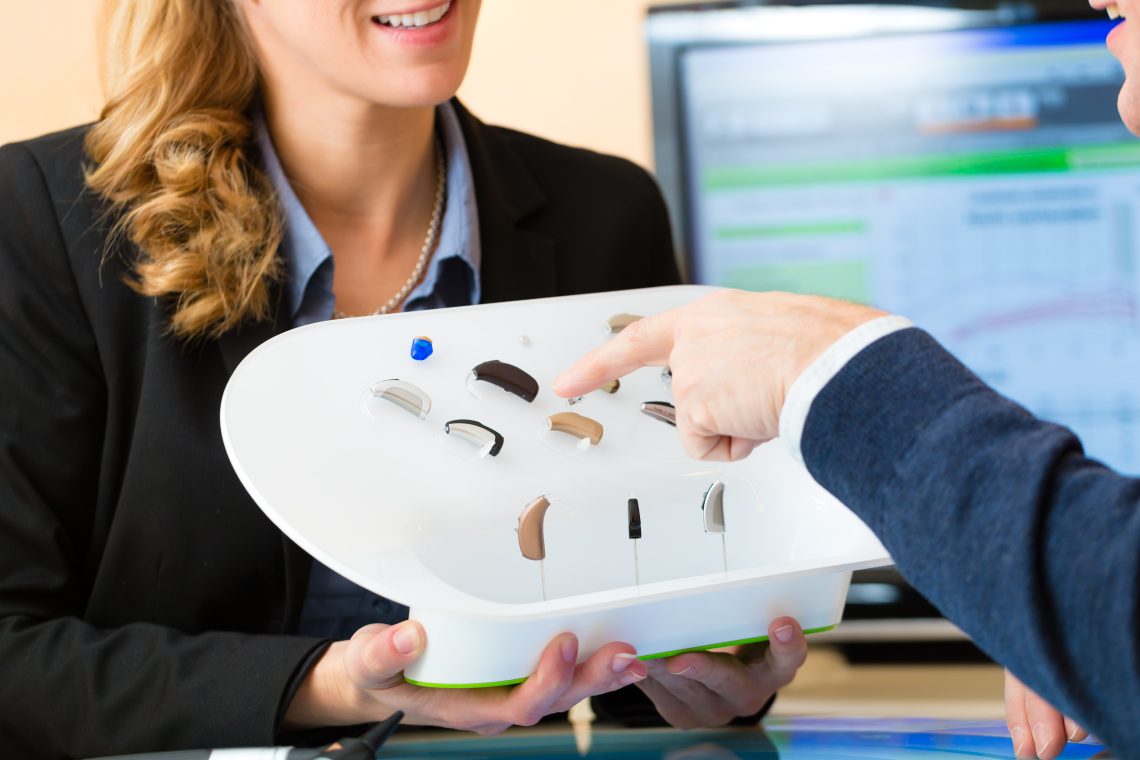If you’re looking for information on the different types of hearing aids available, you’ve come to the right place. In this blog post, we’ll be discussing the three main types of hearing aids: in-the-ear (ITE), behind-the-ear (BTE), and receiver-in-canal (RIC). Keep reading to learn more about each type of hearing aid and find out which one might be right for you.
In-The-Ear Hearing Aids (ITE)
ITE hearing aids are custom-made to fit snugly inside your outer ear. They are larger than other types of hearing aids, which some people prefer because it makes them easier to handle. ITE hearing aids can be used by people with mild to moderate hearing loss.
Benefits
In terms of size and aesthetics, ITEs offer greater discretion than other types of hearing aids since they fit directly into the ear canal without any visible tubes or wires on the outside. Additionally, because they fit snugly into your ear canal they can provide better sound quality than other types of hearing aids by blocking out background noise and providing enhanced clarity when speaking or listening to music.
Potential Drawbacks

Photo by Mark Paton on Unsplash
As with all types of hearing aids there are some potential drawbacks associated with using an ITE device. One such issue is feedback; if the device is too deep in your ear it can cause feedback which makes it harder to hear clearly even with amplification turned on. Additionally, due to their size it may be harder to adjust settings on an ITE than on other types of hearing aids like behind-the-ear devices which often have larger control buttons that are easier to reach.
Behind-The-Ear Hearing Aids (BTE)
BTE hearing aids are also custom-made, but they sit behind your ear instead of inside it. A thin tube runs from the back of the BTE hearing aid and into your ear canal. BTE hearing aids are larger than ITE hearing aids, which some people prefer because it makes them easier to handle.
What is a Behind-The-Ear Hearing Aid?
A behind-the-ear (BTE) hearing aid is an electronic device worn outside the ear that amplifies sound for people with hearing loss. The main components of the BTE device include an earmold, microphone, amplifier circuit, receiver, and battery. The microphone captures sounds from the environment and converts them into electrical signals which are then amplified by the amplifier circuit. The amplified signals travel through a tube to the receiver which then translates them into sound waves which enter the ear canal through an earmold.
Who Should Consider BTE Hearing Aids?

Photo by on Pexels
Behind-the-ear (BTE) hearing aids are ideal for those with mild to profound hearing loss as well as children who require frequent adjustments due to their changing physiological needs. Additionally, these devices provide more power than other types of hearing aids making them suitable for those with severe or profound degrees of hearing loss. BTE devices also have larger batteries so they tend to last longer than other types of hearing aids—up to 30 days or more!
Receiver-In-Canal Hearing Aids (RIC)
RIC hearing aids are similar to BTE hearing aids in that they sit behind your ear and have a thin tube that runs into your ear canal. However, the RIC is smaller than the BTE because the speaker is located in the ear canal instead of behind the ear. This makes RIC hearing aids less visible than other types of hearing aids. RIC hearing aids can be used by people with mild, moderate, or severe hearing loss.
Benefits of RIC Hearing Aids
RIC hearing aids have many benefits over other types of hearing aids such as traditional behind-the-ear (BTE) models. RIC devices are typically smaller and less visible than BTE models since the receiver part is situated directly in the ear canal instead of behind the ear. This makes them much more discreet than other types of hearing aids. Additionally, these devices provide improved sound quality since they deliver sound directly into the ear canal without any obstructions or interference from outside noise sources.
There is no one “best” type or style of hearing aid. The best type or style for you depends on your individual needs and preferences. If you have severe hearing loss, you might want to consider a BTE because it can accommodate a more powerful amplifier. If you have dexterity issues, you might want to consider an ITE because it is easier to put on and take off than an ITC.
If you don’t want your hearing aid to be visible, you might want to consider an ITC because it is less visible than an ITE. Ultimately, the best way to decide which type or style of hearing aid is right for you is to consult with a professional who can help you determine which type or style would work best based on your individual needs and preferences.”
Read more lifestyle and wellness articles at ClichéMag.com
Images provided by Flickr, Unsplash, Pexels, Pixabay & Creative Commons




